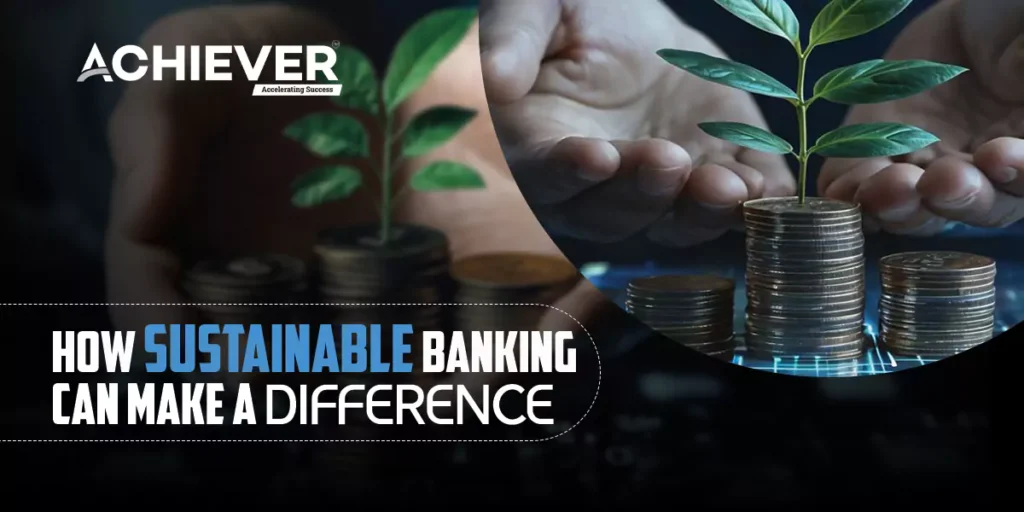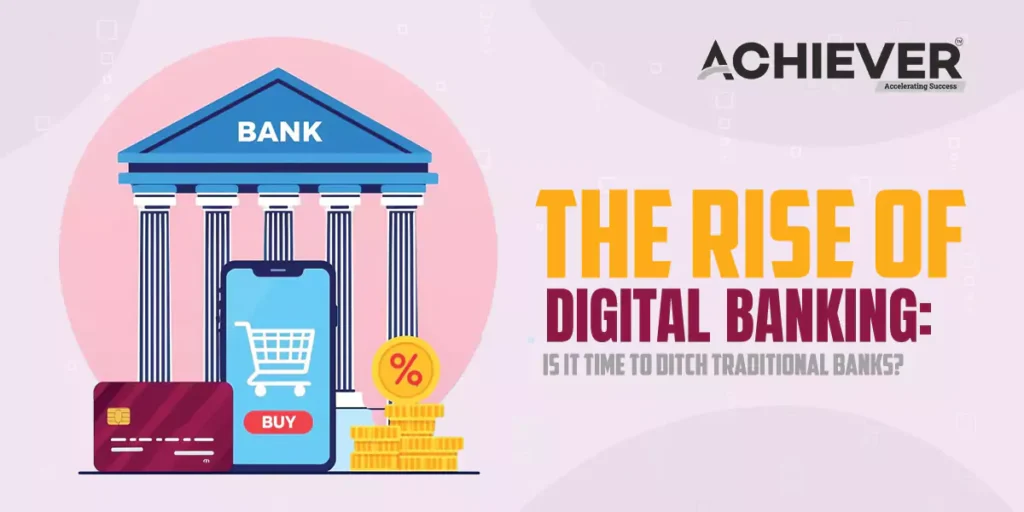As the world becomes more conscious of environmental issues, the banking sector is also beginning to play a crucial role in creating a sustainable future. Sustainable banking, also known as ethical or green banking, focuses on promoting financial practices that support environmentally and socially responsible projects. But how exactly does this make a difference, and why should you care about where your money is going?
In this article, we’ll dive into the world of sustainable banking, explaining what it is, how it works, and why making conscious financial choices today can lead to a better world tomorrow.
What Is Sustainable Banking?
At its core, sustainable banking means that banks and financial institutions commit to environmentally and socially responsible principles in their business practices. This can include anything from reducing their carbon footprint in their day-to-day operations to financing projects and businesses that aim to combat climate change or support social justice.
Sustainable banks often refuse to lend to industries that harm the environment, such as fossil fuels, deforestation, or unsustainable agriculture. Instead, they prioritize loans to businesses involved in renewable energy, affordable housing, or eco-friendly infrastructure.
How Banks Can Promote Sustainability
Sustainable banks use various strategies to encourage positive environmental and social outcomes. Here are some key ways they can make a difference:
- Green Financing
One of the most impactful ways banks can drive change is through green financing. This involves funding projects that aim to reduce carbon emissions and support renewable energy sources like wind, solar, and hydroelectric power. By channeling money into these industries, banks play a direct role in accelerating the shift to a greener economy.
For example, some banks have committed to divesting from fossil fuel companies entirely, choosing instead to invest in clean energy projects. This not only aligns with global climate goals but also sends a powerful message to industries that pollute the environment: if you want financing, you must embrace sustainability.
- Sustainable Investment Products
Many banks now offer sustainable investment products such as green bonds or ESG (Environmental, Social, and Governance) funds. These products allow consumers to invest in portfolios that prioritize companies with strong ethical practices. For instance, ESG funds might include companies with responsible supply chains, transparent labor practices, or renewable energy operations.
By offering these investment products, banks give individuals the chance to grow their wealth while supporting businesses that are making a positive impact. It’s a win-win situation where investors can feel good about where their money is going.
- Supporting Local Communities
Sustainable banks often prioritize local communities by funding projects that have a direct social impact. This could mean providing affordable loans to small businesses or investing in affordable housing initiatives. These banks recognize that sustainability isn’t just about protecting the environment; it’s also about creating a fairer, more inclusive economy.
In many cases, sustainable banks are structured as B Corps, or Certified Benefit Corporations, which legally commit to prioritizing public good over profit. By supporting underserved communities and ensuring fair financial access, these institutions help promote equality and resilience at the local level.
- Reducing Their Own Footprint
Beyond their financial activities, banks can set an example by reducing their own environmental impact. Many sustainable banks are actively working to lower their carbon footprint by embracing eco-friendly practices within their offices. This includes using renewable energy, reducing paper waste, and implementing energy-efficient technologies.
Some banks have even gone carbon-neutral, meaning they offset all of their emissions by investing in carbon reduction projects such as reforestation or renewable energy development. These initiatives show that sustainability can start from within, encouraging other businesses to follow suit.
Why Should You Care?
You might be wondering how your banking choices impact the world around you. It’s easy to overlook where your money is being used when it’s sitting in a savings account or investment portfolio. However, the truth is, banks are constantly using customer deposits to fund various projects. So, whether you realize it or not, your money could be supporting industries that contribute to deforestation, pollution, or exploitation.
By switching to a sustainable bank or choosing sustainable investment products, you can ensure that your money is being used for good. Your savings can help fund renewable energy projects, social enterprises, and other initiatives that align with your values. This is a powerful way to vote with your dollars for the kind of world you want to see.
Examples of Sustainable Banks
There are several banks leading the way in sustainable banking. Some well-known examples include:
- Triodos Bank: Based in Europe, Triodos Bank is one of the pioneers of ethical banking. They focus on financing projects that benefit the environment, culture, and society.
- Aspiration: An online-only bank in the U.S., Aspiration offers a sustainable approach to banking by ensuring customers’ deposits are never used to fund fossil fuels.
- Bank Australia: This bank is a B Corp that offers carbon-neutral accounts and only invests in projects that have positive social or environmental outcomes.
These institutions set a high standard for what sustainable banking can achieve, providing customers with the opportunity to make a positive impact with their money.
The Future of Sustainable Banking
As concerns about climate change and social justice continue to grow, sustainable banking is likely to expand. More people are beginning to recognize the importance of aligning their finances with their values, and banks are responding by offering more ethical products and services.
By choosing sustainable banking, individuals and institutions alike can play a role in building a greener, fairer world. With the financial sector holding so much influence, these choices could be a tipping point in the global effort to combat climate change and promote social responsibility.
Conclusion
Sustainable banking isn’t just a trend—it’s a movement towards a more responsible and ethical future. By making smart choices about where we bank and invest, we can all contribute to a healthier planet and a more just society. Whether it’s through green financing, ethical investments, or simply reducing a bank’s own footprint, every action counts.
So, the next time you think about where to put your money, consider how sustainable banking can make a difference—for you, for your community, and for the planet.







